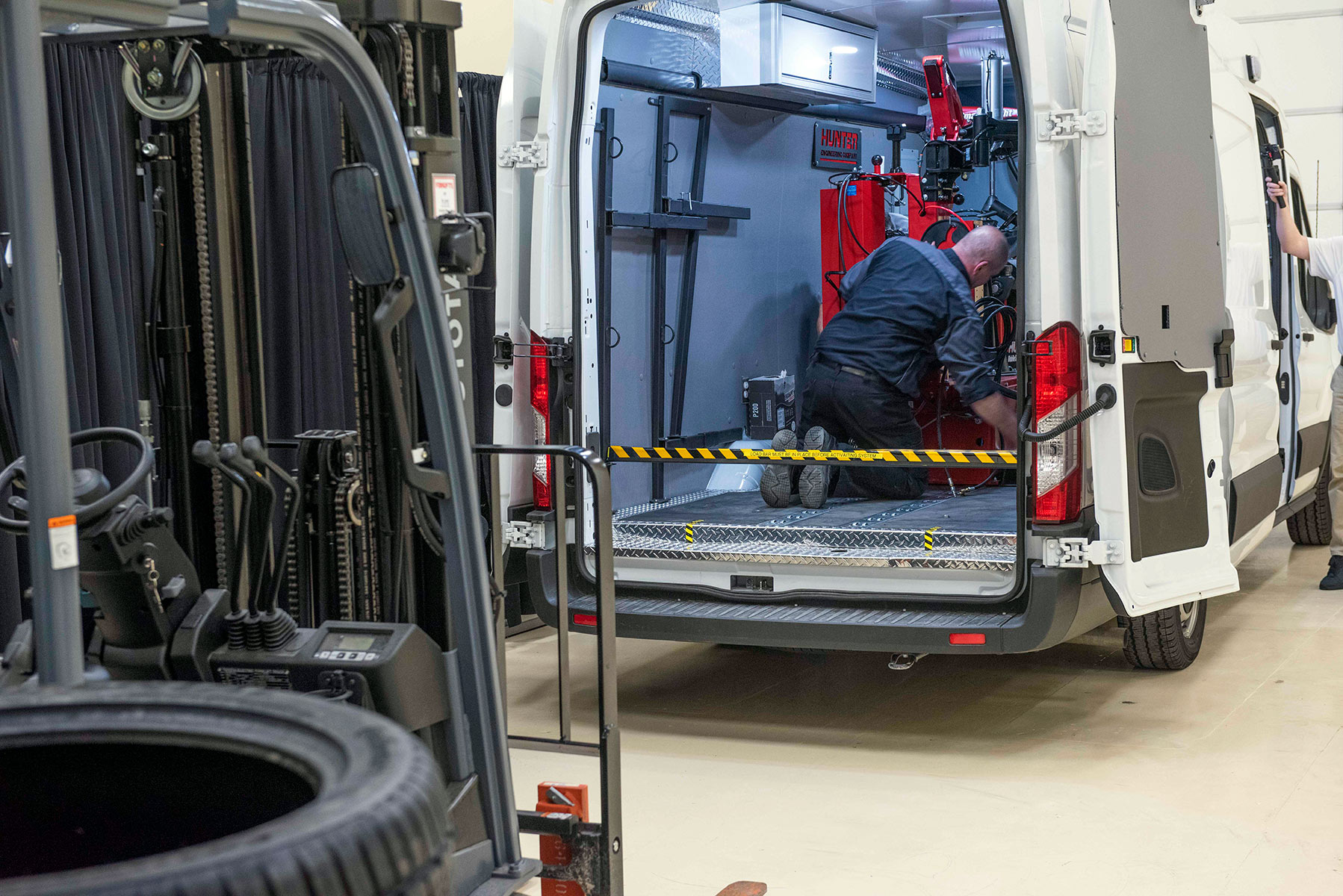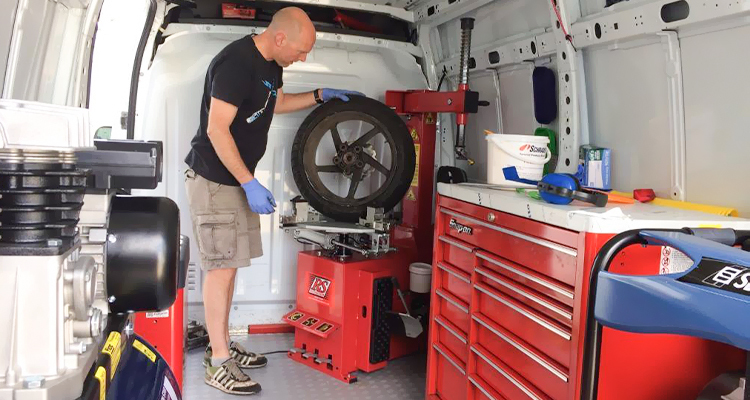Tire Solution: Proven Methods for Optimum Tire Maintenance and Treatment
Preserving optimal tire condition is paramount for both security and performance of any kind of car. From ensuring appropriate tire pressure to routine turning and positioning, there are tried and tested methods that can dramatically prolong the life-span of your tires and enhance general driving experience. As we explore the ins and outs of tire treatment and maintenance, we will reveal vital guidelines that every automobile proprietor ought to comply with for the best possible outcomes. Allow's look into the globe of tire solution and discover the tricks to maintaining your tires in top-notch shape for the lengthy haul.
Importance of Tire Pressure
Proper tire stress is a crucial consider making sure optimum lorry efficiency and safety and security on the roadway. Keeping the advised tire stress degrees given by the supplier supplies countless advantages. To start with, ample tire stress advertises much better fuel performance, as under-inflated tires can bring about raised rolling resistance, creating the engine to function more challenging and take in more fuel. Secondly, appropriate tire pressure ensures also tread wear, enhancing tire long life and conserving cash over time by delaying the need for early replacements. Additionally, properly blew up tires add to improved handling and stopping capabilities, critical for safe driving in numerous road conditions. Over-inflated tires, on the other hand, can cause decreased grip and a harsher trip. Conversely, under-inflated tires are vulnerable to overheating, which can bring about crashes and blowouts. Consistently changing and checking tire pressure, specifically previously lengthy journeys, is a basic yet effective method to boost car efficiency, extend tire life-span, and prioritize security when driving.
Tire Rotation Guidelines
When considering tire turning guidelines, it is crucial to comprehend the importance of this upkeep task in making best use of tire life expectancy and maintaining ideal vehicle performance. Tire rotation includes changing the placement of each tire on a car to make sure even tread wear. Front tires often tend to use extra promptly than rear tires due to guiding forces, making routine turning vital for well balanced wear patterns.

Benefits of Wheel Placement
Ensuring proper wheel alignment after tire rotation is crucial for maintaining well balanced wear patterns and maximizing vehicle efficiency. In addition, proper wheel placement aids to prolong the life expectancy of your tires. Misaligned wheels can cause uneven tire wear, leading to early tire substitute and boosted maintenance costs.

Tire Tread Deepness Check
Carrying out a regular inspection of tire step depth is important for keeping safe driving Home Page problems and lengthening the lifespan of your tires. The tread on your tires plays a critical role in offering grip, specifically in damp or slippery problems. To check your tire walk deepness, you can make use of a step depth gauge or the penny test. The suggested walk depth goes to the very least 2/32 of an inch. If the step depth is below this threshold, it is time to replace your tires to ensure optimal performance and security when traveling. Irregular step wear can show problems with tire pressure, suspension, or positioning, highlighting the relevance of normal walk depth checks. Overlooking to keep track of and maintain proper step deepness can cause minimized hold, longer braking ranges, and a raised danger of hydroplaning. By integrating tire tread deepness look into your routine maintenance timetable, you can drive with self-confidence knowing that your tires remain in top condition.
Seasonal Tire Evaluation
A thorough evaluation of tire problem tailored to details climate condition is important for keeping optimal efficiency and safety throughout the year. Seasonal tire assessment is a fundamental element of tire upkeep that makes certain tires are prepared to encounter the challenges presented by various weather condition problems. To prepare for winter season, it is important to check the tire pressure routinely as chilly temperature levels can cause tire stress to drop. Examining tire step deepness is also important to make certain adequate grip on snow and ice-covered roadways. Additionally, checking for signs of damage, such as cracks or lumps, can help prevent possible tire failings. As the seasons change, it is necessary to analyze tire condition and make any essential modifications to guarantee secure driving. By conducting routine seasonal tire evaluations, motorists can prolong tire life expectancy, boost gas performance, and most notably, make sure a safe and secure driving experience in differing weather - Mobile Tire Service Las Vegas.
Final Thought
In final thought, keeping appropriate tire stress, rotating tires routinely, aligning wheels appropriately, monitoring tread deepness, and carrying out seasonal examinations are important methods for ideal tire care. By adhering to these shown methods, drivers can guarantee their tires last longer, do better, and add to overall lorry security. It is important to prioritize tire upkeep to stop crashes, improve fuel effectiveness, and prolong the life expectancy of tires.
Adequate tire stress promotes much better gas efficiency, as under-inflated tires can lead to enhanced rolling resistance, creating you could try this out the engine to work more challenging and eat more fuel.When taking into consideration tire turning guidelines, it is vital to recognize the relevance of this upkeep task in making best use of tire life expectancy and maintaining optimal automobile efficiency. Seasonal tire inspection is a fundamental element of tire upkeep that makes certain tires are prepared to encounter the obstacles posed by different weather condition problems. By carrying out regular seasonal tire examinations, drivers can prolong tire lifespan, enhance fuel effectiveness, and most significantly, make certain a safe and secure driving experience in differing climate problems.
In verdict, keeping correct tire stress, revolving tires routinely, aligning wheels correctly, keeping an eye on walk depth, and carrying out seasonal inspections are why not try this out important practices for optimal tire treatment.